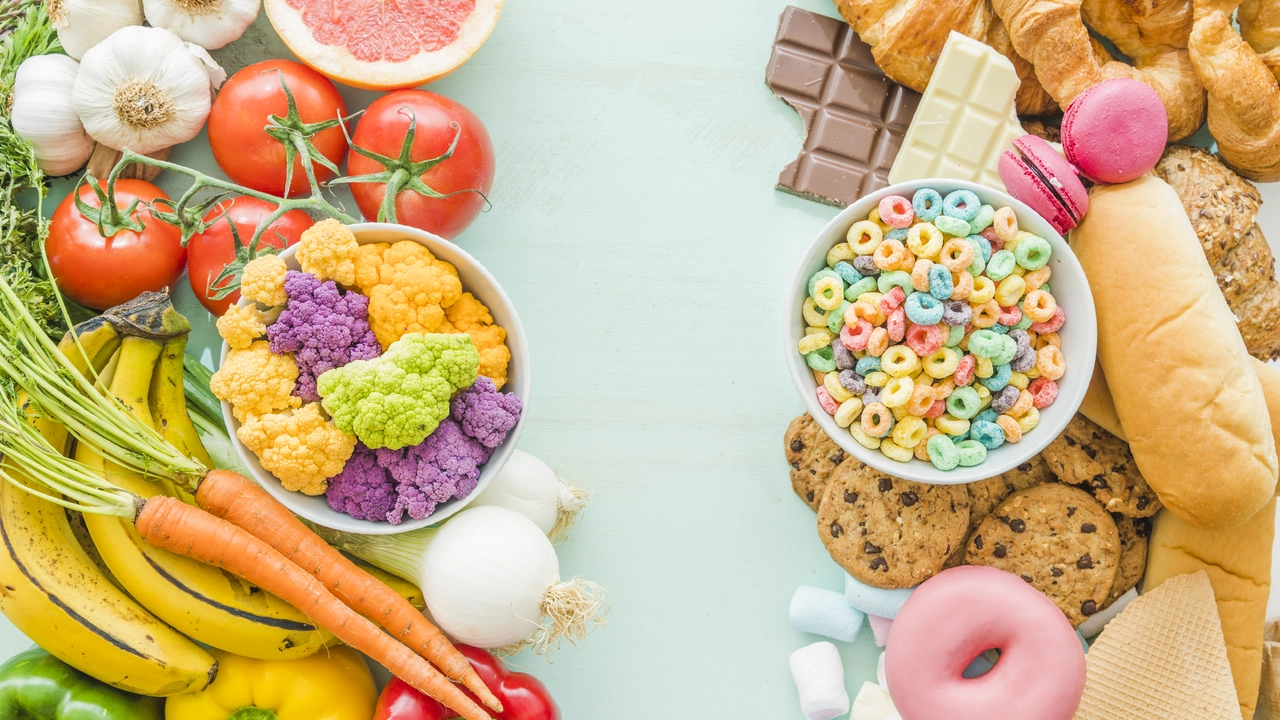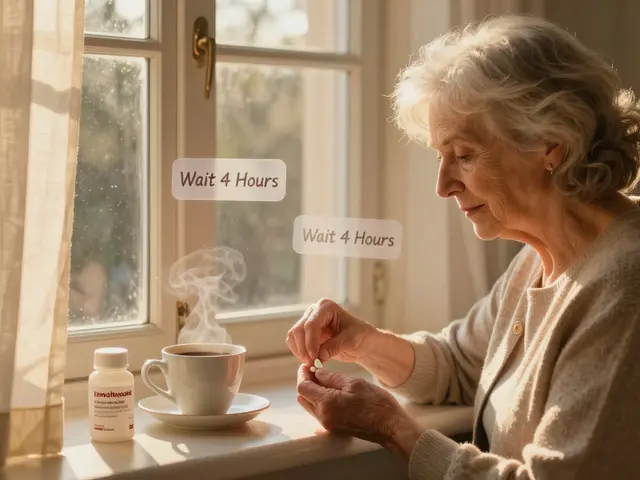Functional dyspepsia: what it feels like and what helps
If you regularly feel full, bloated, or uncomfortably heavy after eating—even when you’ve had a small meal—you might be dealing with functional dyspepsia. This is a common condition where the upper belly hurts or feels off but medical tests don’t show a clear structural cause. It’s annoying, but there are practical things you can try that actually help most people.
What to watch for
Symptoms often include persistent upper abdominal pain or burning, early fullness during a meal (you get full too fast), bloating, and sometimes nausea. Functional dyspepsia often overlaps with GERD or IBS, so you may have reflux or bowel changes too. You should see a doctor right away if you have alarm signs: unexplained weight loss, repeated vomiting, difficulty swallowing, blood in stool or vomit, or if you’re older (many doctors recommend testing or endoscopy if symptoms start after age 55–60).
Doctors will usually check for H. pylori infection because treating it can fix dyspepsia for some people. If tests don’t show an infection or a clear cause, the diagnosis is often functional dyspepsia—meaning symptoms come from how your stomach moves, processes food, or senses discomfort rather than from visible damage.
Practical steps you can try today
Start with a symptom diary. Note what you eat, portion size, timing, and how you feel for 1–2 weeks. That often reveals triggers. Common culprits are large or fatty meals, spicy food, coffee, alcohol, carbonated drinks, and smoking. Eating smaller, slower meals and avoiding late-night heavy eating helps a lot.
Try these simple habits: eat slowly, stop when you’re comfortably full, avoid lying down within two hours after meals, cut down on alcohol and caffeine, and quit smoking if you can. Some people benefit from low-fat meals and fewer trigger foods like tomato or citrus. Probiotics sometimes help with bloating, though results vary.
On the medical side, short courses of acid-suppressing drugs (PPIs such as pantoprazole/Protonix) can help some people, especially when reflux overlaps. If the main problem is slow stomach emptying, a doctor might try a prokinetic medicine or recommend referral to a GI specialist. Low-dose antidepressants are another option for persistent symptoms linked to heightened gut sensitivity—your doctor can advise on risks and benefits.
If lifestyle changes and initial treatments don’t work, ask your doctor about testing for H. pylori, an upper endoscopy if you have alarm signs, and referral to a gastroenterologist for further tests like gastric emptying studies. Functional dyspepsia can be frustrating, but with a few focused changes and the right medical help, most people see meaningful improvement.

The Impact of Spicy Foods on Functional Dyspepsia
In my recent exploration about foods and digestive health, I found how spicy foods can significantly affect functional dyspepsia. This condition, which is essentially recurring indigestion, can be aggravated by consuming spicy dishes. The capsaicin present in chillies and other spices can trigger stomach discomfort and other symptoms like bloating and heartburn. However, the severity of these symptoms can vary from person to person. So, while it's not necessary to completely avoid spicy foods, moderation and personal tolerance should guide your spicy food intake.
Read More



